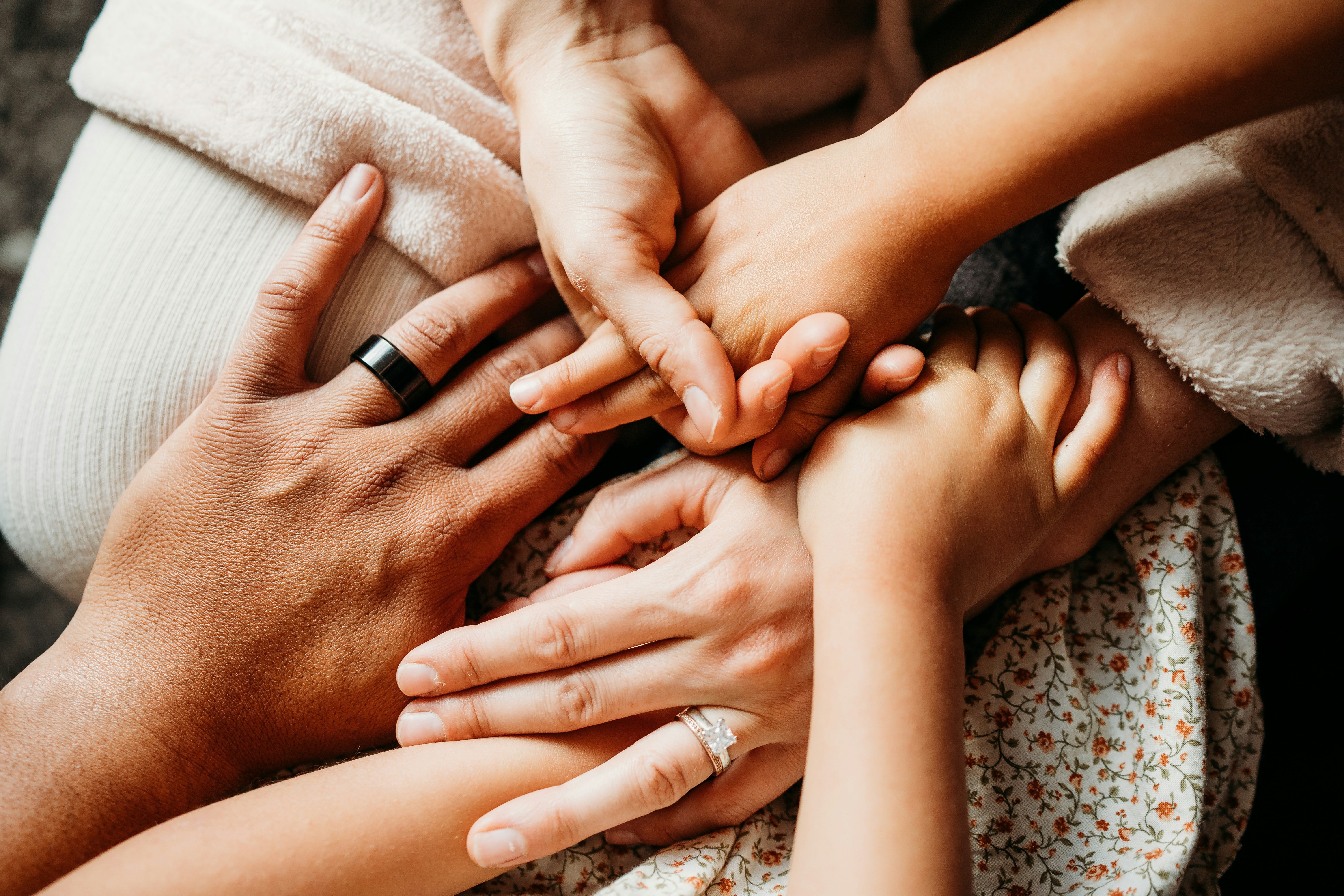
.svg)
Success with an O-1 or EB-1A petition requires that the beneficiary show extraordinary professional credentials. Unfortunately, skeptics often view the process of proving these credentials through a lens of suspicion. These doubts usually stem from common misconceptions about how the U.S. Citizenship and Immigration Services (USCIS) actually reviews evidence. The result is an unnecessary stigma around these visa categories.
Breaking down the most common myths reduces this stigma and helps applicants highlight legitimate achievements in ways that resonate with USCIS.
Misconception #1 – “It’s faking it.”
The biggest misconception is that O-1 and EB-1A credential building requires foreign nationals to invent achievements or make up fake credentials. If only Nobel Prizes or Olympic medals counted, most highly skilled professionals would have no path forward.
The reality is quite different.
Successful candidates focus on documenting and amplifying the work they are already doing. Credential-building looks different for every applicant, but it almost always means organizing and presenting existing accomplishments in a clear way.
Winning a Nobel Prize or Olympic medal is an obvious signal of extraordinary ability. But these cases are rare. Most O-1 and EB-1A beneficiaries are professionals at the top of their fields who demonstrate their credentials through consistent, verifiable achievements.
These might include:
- Crafting thought leadership articles in their area of expertise
- Publishing research results developed over months or years
- Joining and participating in professional industry organizations
- Receiving positive media attention for their accomplishments
- Speaking by invitation at conferences and events
- Winning awards based on their work
It’s the accumulation of these efforts that tells a compelling story of extraordinary ability. Credential-building isn’t about exaggeration. Rather, it’s about making visible the ways professionals share their skills with the world and are recognized for it.
KEY TAKEAWAY: Your achievements should fit together into a clear story of professional success.
Misconception #2 – “USCIS sees it as negative.”
Some believe USCIS views credential-building as a negative. The truth is that USCIS doesn’t focus on why you pursued an opportunity. They care about the quality and credibility of the evidence itself.
Petitions fail without evidence of extraordinary ability.
For example:
- A peer-reviewed research article counts whether you wrote it out of passion or as part of a visa strategy. The key is that experts validated your work.
- Membership in an association with strict admission standards matters because you met the requirements, not because of your motivation for joining.
However, there is one important caveat: It is a mistake to include weak or non-credible evidence with any visa petition. USCIS looks closely at whether evidence comes from respected institutions.
Examples of harmful evidence include:
- Publishing in low-quality or predatory journals
- Pay-to-play awards
- Self-published blogs or websites
- Vague claims that show no demonstrable impact
- Membership in associations anyone can join by paying a fee or meeting ordinary criteria such as years of experience
KEY TAKEAWAY: It’s not about avoiding opportunities to showcase your accomplishments. It’s about ensuring the evidence you provide is authentic, high-quality, and verifiable.
Misconception #3 – “Only superstars benefit.”
Another common myth is that O-1 and EB-1A visas are reserved exclusively for celebrities, athletes, and Nobel prize winners. While these groups do have their share of success stories, they are not the only ones USCIS approves.
Many mid-career professionals also succeed. They just need to show their impact with solid evidence.
Examples include:
- Engineers can provide peer-reviewed publications they authored or patents they developed
- Researchers can show consistent funding for their projects
- Business leaders can demonstrate industry recognition through trade press and media coverage
- Artists can list invited showcases at prestigious exhibitions and events
USCIS values legitimate evidence over volume. The more respectable the evidence, the better the approval chances.
Glittering prizes like gold medals and high-profile awards often capture headlines. But for every high-profile case, USCIS approves hundreds of petitions from skilled professionals whose names you may never hear in the news.
KEY TAKEAWAY: O-1 and EB-1A classification is not just for global superstars. Structured credential building helps everyday professionals with strong track records make their case successfully.
Boundless Oversight & Guardrails
When building an extraordinary ability petition, it’s important to be strategic about what evidence to include. Not all credentials carry equal weight, and some can even weaken a case. USCIS gives more credibility to high-quality, verifiable achievements that clearly demonstrate sustained national or international recognition.
Applicants should be cautious of “pay-to-play” awards, unverified memberships, or publications in predatory journals, as these can raise credibility concerns. The strongest cases focus instead on evidence that aligns with recognized standards and industry respect.
Working with experienced guidance can help applicants identify which achievements best support their petition and how to present them clearly and credibly. Resources like Boundless provide insight into how USCIS evaluates evidence and help candidates approach the process in a structured, compliant way.
Conclusion
With the right guidance and guardrails in place, credential-building is empowering, not distracting.
- It provides structure to document achievements
- It prevents wasted time on low-value evidence
- It ensures accomplishments are presented in ways USCIS respects
Credential-building, when done right, helps candidates tell the strongest possible story of their career — without compromising integrity.
{{cta-component-horizontal-aligned}}
{{accordion-3}}
.png)
Ready to see if you qualify for an Extraordinary Ability Visa?
Take our complimentary assessment and receive expert legal advise from our attorney team
Ready to see if you qualify for an Extraordinary Ability Visa?
Take our complimentary assessment and receive expert legal advise from our attorney team
.png)
.png)






%20(1).jpeg)

.svg)
.avif)